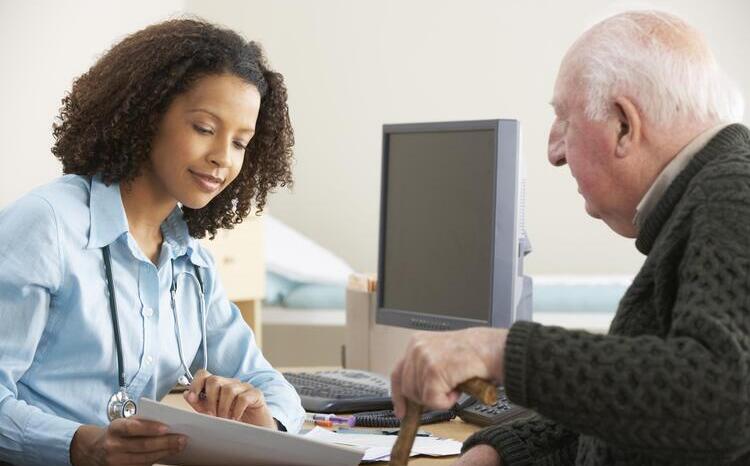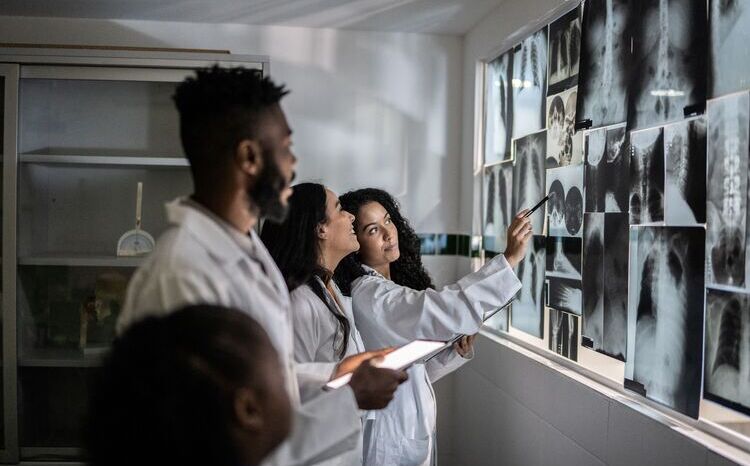Essex River implement remote access for radiologists
- 4 July 2007
Radiologists at the Essex Rivers Healthcare NHS Trust are able to view PACS images remotely thanks to a new secure remote access solution from infrastructure specialists Eurodata.
The trust wanted a solution that would help to make access to images faster and available from any PC, not just the desktops within the hospital site.
Until remote access, the process being followed was to transfer compressed JPEG images from the hospital to the radiologist’s home via an ISDN line. Using the legacy solution was cumbersome and slowed down diagnosis, as it took up to 20 minutes for the radiologist to receive the images.
The radiologist then reviewed the images and gave a verbal report. Only once back in the office the next day would a formal report be issued.
Eurodata’s healthcare business manager, Brian Dunleavy, told EHI: “The eight radiologists in the trust were finding that it was hard to be able to work effectively and view images from their Picture Archiving and Communications System on a remote PC. They wanted to bring remote access to the radiology department to work from home and access the PACS images in a secure way enabling faster diagnosis.”
Mark Large, associate director of IT at the trust added: “The main problem we had was that we were unable to provide an adequately secure remote access solution to our radiologists. We need to give them all the tools to work from anywhere at any time.”
The trust carries out over 163,000 x-rays and scans carried out every year. In order to deal with the increasing workload, the trust wanted a secure remote access service that would enable the radiologists to receive images at home instantaneously, and a broadband connection would cut down on download time, making the process more efficient and timely.
Having worked extensively with the NHS in Queen Mary’s and Bedford hospitals, Eurodata were able to install the new service at Essex Rivers quickly and meet essential security requirements.
Working with Microsoft, Eurodata installed the Whale Intelligent Application Gateway (IAG), a flexible and secure remote access solution that gives health professionals access to network services via broadband from any provider. It comprises a single appliance supporting up to 50 users working concurrently across an 8MB ADSL line.
It enables access to specified information by nominated users as if they were within the trust’s network. With provision for up to 750 users, the service was installed at Essex Rivers Healthcare Trust within four weeks – on schedule and within budget.
Des Lekerman, managing director of Eurodata, said: “For NHS trusts, the rationale for remote access is not merely cost-cutting, but being able to offer a better service to their patients. For the first time, doctors – and radiologists in particular – can now access their IT services from home with the same effectiveness and security as they can in their offices.
“The data being viewed remains on the trust’s network and at no stage is the user able to save data to their local drive. Once the user has logged out of the network, there is no trace of the data left on the user’s device. These measures comply with NHS Connecting for Health’s guidelines for the implementation of electronic health records (CfH – SyOp 7.7) and eliminate criminal risk to the trust.”
Security was the underlying concern of the entire project for Essex River. Large said: “As an NHS Trust, we cannot afford to slip up and we need maximum protection and security in our internal systems to protect patients’ privacy. Eurodata’s secure remote access approach also means that users can connect to ERH from almost anywhere, including third-party networks, because the data is encrypted as it leaves their machines.”
The new service allows Essex’s radiologists to use the network day and night to access patient data and email, review computerised tomography (CT) scans, and most importantly, assess emergency CT scans from the PACS system.
They can now issue reports outside of office hours by automatically emailing the referring clinician, while sending a confirmation copy to the radiology secretary.
Large said: “The Whale IAG means that users can now connect to the trust from almost anywhere, including third-party networks, because data is encrypted between all machines. As an NHS trust we cannot afford to slip up and we need maximum protection and security in our internal systems to protect patients’ privacy. The Whale IAG gives us that confidence”
At this stage, the solution is based upon access to the CT scan images that reside on the network; the next stage would be to use Vital Images software, ViTALConnect. This would enable radiologists to access 2D and 3D high-resolution DICOM images remotely and rotate, analyse and segment them on a laptop computer or any other device with a Web browser and a connection to the Internet.
The demand for remote working from radiologists in particular is on the rise in line with the Improving Working Lives Standard (IWL), a framework NHS employers and staff use to measure the progress made towards achieving a healthy work-life balance, Eurodata claim.
Links




